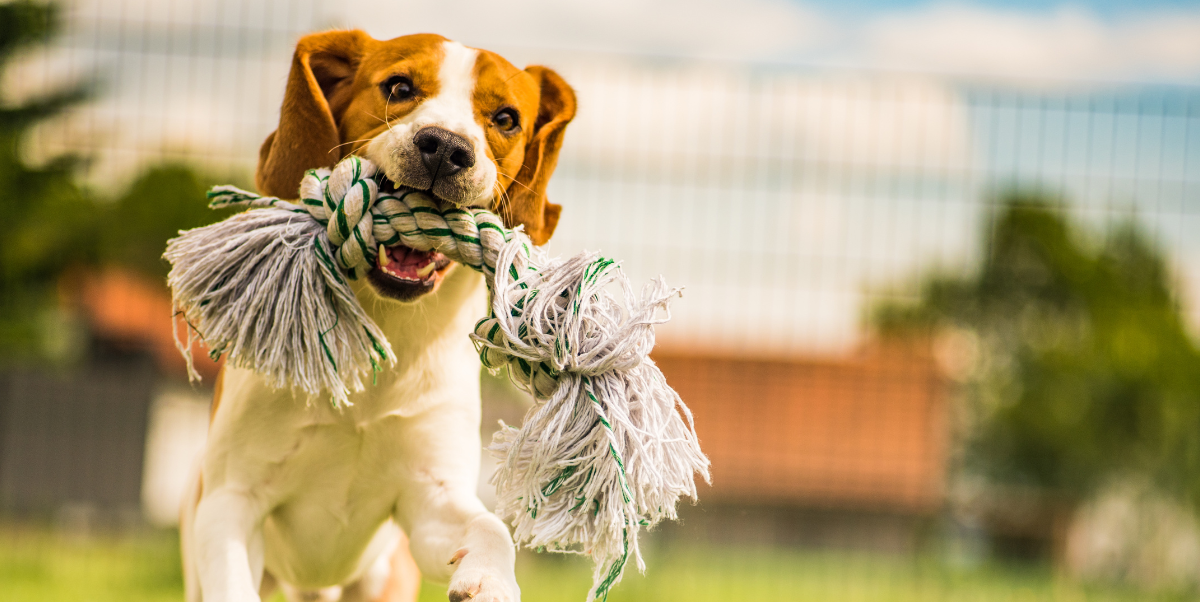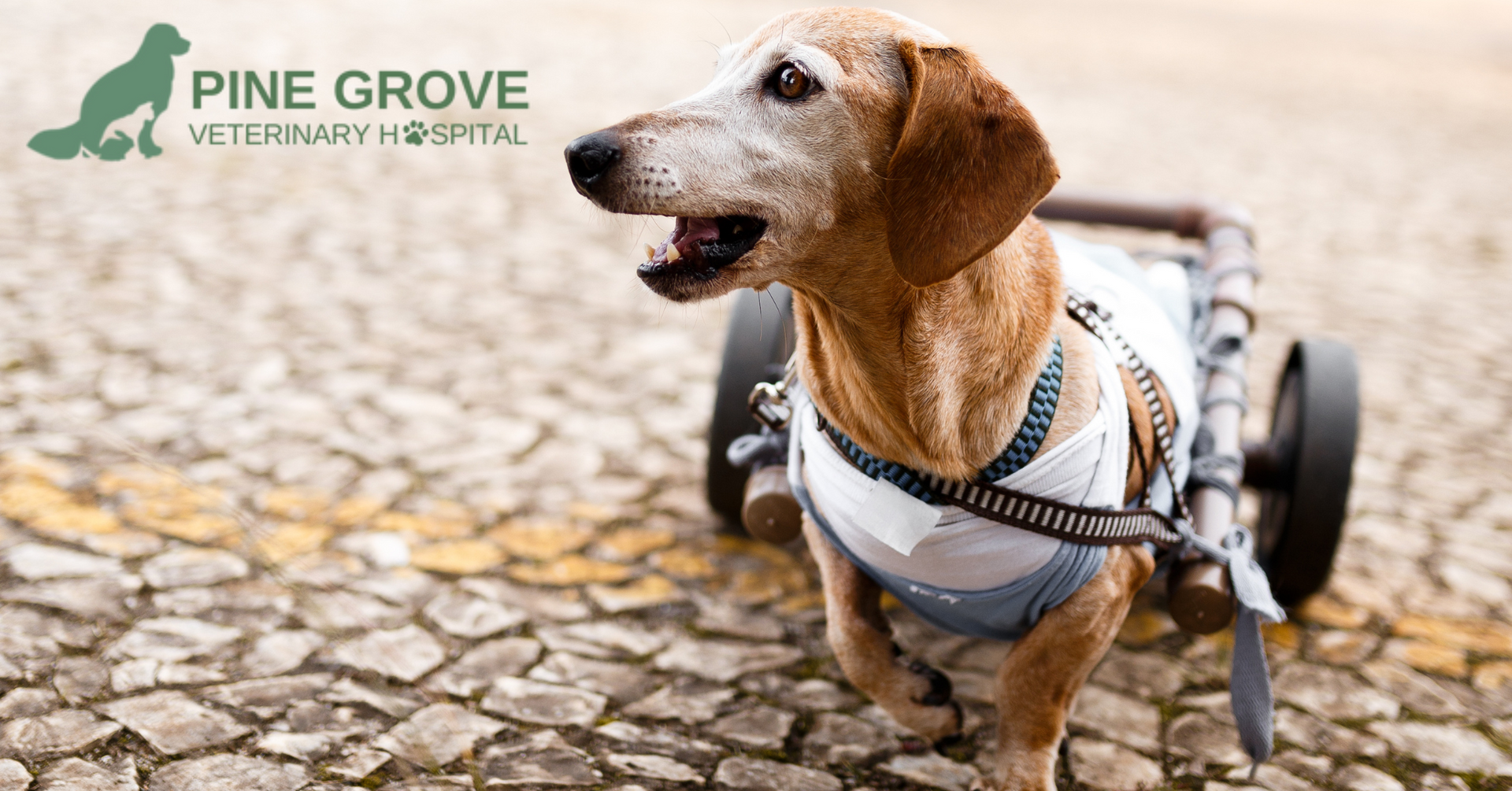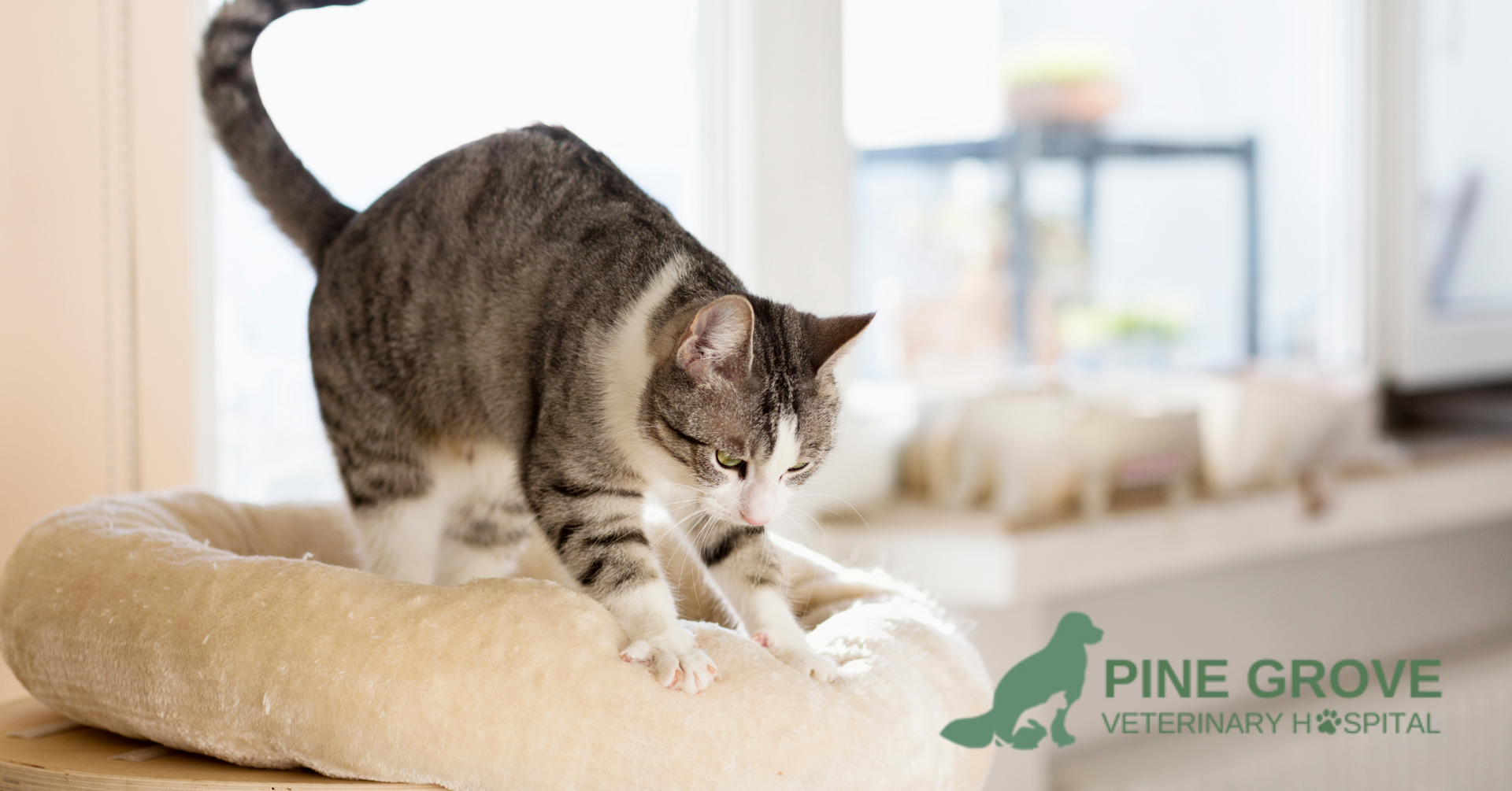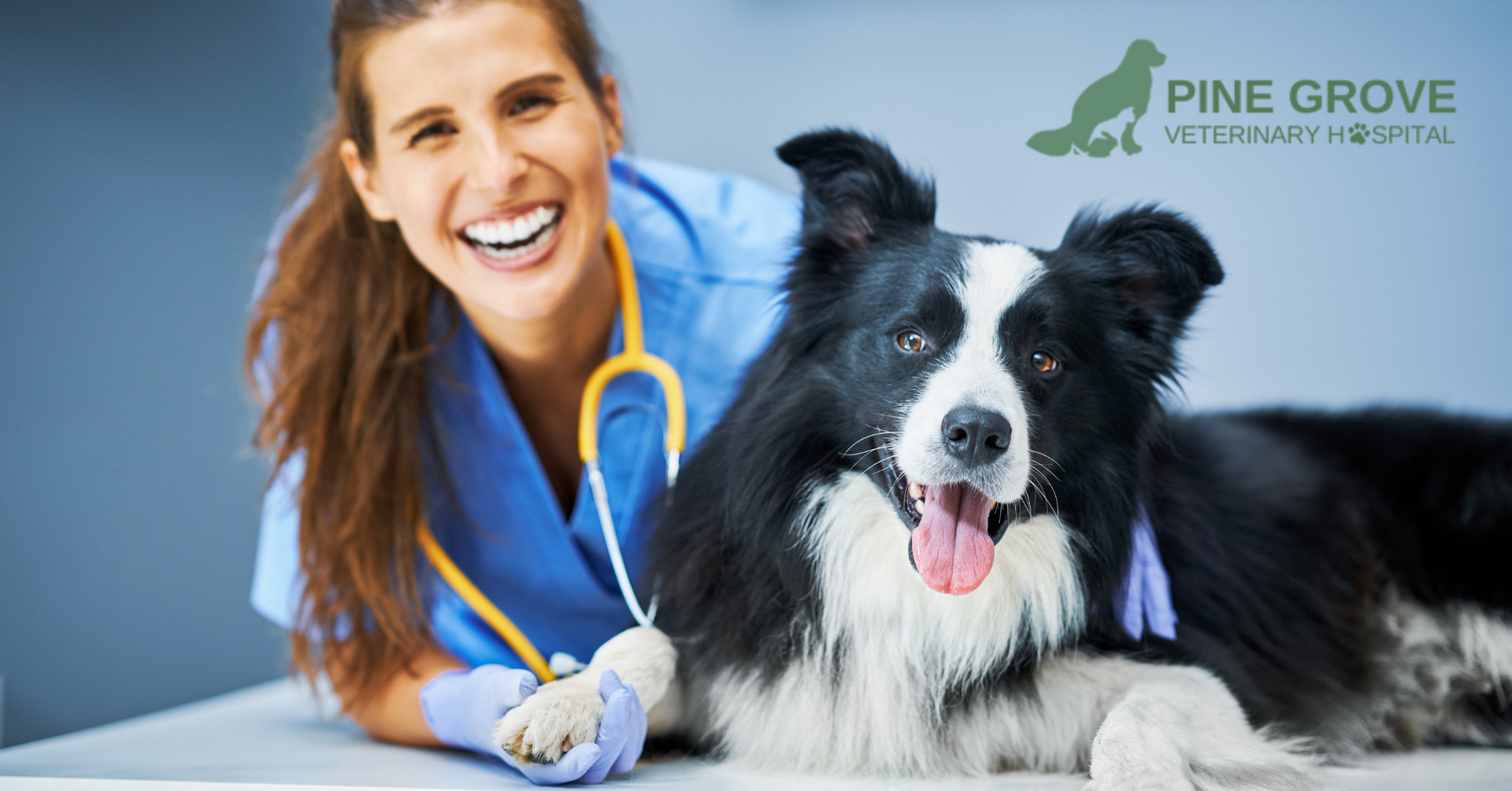Address: 4351 Burnside Line Severn, Ontario | Phone: (705) 325-2279
How to Remove a Tick from a Dog (Tick Removal & Prevention Tips)
As a pet owner, finding a tick on your dog is one of the most common and unsettling experiences. These small parasites latch onto your pet's skin, feeding on their blood, and can potentially transmit dangerous diseases such as Lyme disease. Proper removal and prevention are key to keeping your furry friend safe and healthy. In this blog, we’ll cover how to remove a tick from a dog and provide tips on preventing future infestations, drawing on insights from the expert team at Pine Grove Veterinary Hospital, a trusted Orillia vet clinic.
What Are Ticks and Why Are They Dangerous?
Ticks are small arachnids that attach to humans and animals, feeding on blood. These parasites can vary in size from a poppy seed to a grape, depending on how long they’ve been feeding. While some ticks may not cause significant harm, others can transmit diseases affecting your dog’s health. In Ontario, particularly around the Orillia area, Lyme disease, Ehrlichiosis, and Anaplasmosis are commonly spread by ticks. This makes early detection and removal critical for your dog’s well-being. Effective tick prevention is an essential part of veterinary medical services provided by specialists in areas like Orillia, where these pests are prevalent.
Step-by-Step Guide to Safely Removing a Tick from Your Dog
Removing a tick as soon as you notice it is essential to minimize the chances of disease transmission. Follow these steps for safe and effective tick removal:
1. Gather Your Tools
Before you start, make sure you have the right tools. You’ll need:
- Fine-tipped tweezers or a tick-removal tool
- Gloves (optional, but recommended to avoid skin contact with the tick)
- Rubbing alcohol or antiseptic wipes
- A small container to save the tick for potential identification
2. Grasp the Tick Close to the Skin
Using your tweezers or tick-removal tool, grasp the tick as close to your dog’s skin as possible without pinching their skin. Be sure not to twist or jerk the tick, as this can cause parts of the tick’s mouth to break off and remain embedded in your dog’s skin, leading to infection.
3. Pull the Tick Out
Pull the tick away from the skin in a steady, upward motion. It’s important to apply even pressure without squeezing the tick’s body, as squeezing can cause the tick to release more harmful bacteria into your dog’s bloodstream.
4. Clean the Area
Once the tick is removed, clean the bite area with rubbing alcohol or an antiseptic wipe to disinfect it. Monitor the area for any signs of irritation or infection over the next few days.
5. Dispose of the Tick Properly
Place the tick in a small container with rubbing alcohol to kill it. If you want the tick identified to ensure it isn’t carrying disease, keep the container and bring it to your Pine Grove Veterinary Hospital for testing.
Prevention Tips from Pine Grove Veterinary Hospital
While removing ticks is essential, preventing them from latching onto your dog in the first place is even better. Here are some expert tips to help keep your pet tick-free:
1. Use Tick Preventive Medications
Various tick preventive treatments are available, including oral medications, topical treatments, and tick collars. These treatments work by either repelling or killing ticks before they cause harm. Speak with your vet to determine which option best suits your dog’s needs.
2. Check Your Dog Regularly
Inspect your dog's fur and skin thoroughly after spending time outdoors, especially in wooded or grassy areas. Ticks tend to attach to warm, hidden places like behind the ears, between the toes, or under the legs, so check these spots.
3. Keep Your Yard Tick-Free
If your dog spends time in your yard, ensure the environment is less attractive to ticks. Keep the grass trimmed, remove leaf litter, and remove overgrown shrubs or bushes where ticks may hide.
4. Schedule Regular Vet Checkups
Routine visits to Pine Grove Veterinary Hospital will help ensure your dog remains in optimal health. Your vet can provide additional tick prevention advice, conduct regular blood tests to detect tick-borne diseases, and offer vaccinations where appropriate.
5. Avoid High-Risk Areas
When walking your dog, avoid areas known for high tick activity, such as heavily wooded paths or long grassy fields, especially during peak tick season in spring and summer. If you must go through such areas, consider using a tick spray designed for pets for added protection.
When to Seek Medical Attention for Tick Bites
If you’re unsure whether you’ve removed the tick entirely or if your dog starts showing signs of illness, such as lethargy, fever, loss of appetite, or joint pain, it’s essential to contact Pine Grove Veterinary Hospital immediately. Tick-borne diseases can be treated effectively when caught early but can lead to severe complications if left untreated.
Conclusion
Finding a tick on your dog can be alarming, but knowing how to remove it safely and take preventive measures can help protect your pet from the risks associated with ticks. Using the right tools and staying vigilant can reduce your dog’s chances of tick bites. While caring for your pet’s external health, you might notice behaviors like your dog licking your hand, which can be a sign of affection or an attempt to communicate. For insights into this behavior, check our blog 'Why Does My Dog Lick My Hand?' Remember to seek guidance for tick prevention tips and ensure your dog remains healthy and happy. Pine Grove Veterinary services are available to assist you, whether for tick identification, treatment, or any other health concerns for your beloved pet.
Take proactive steps to prevent ticks and protect your dog from these tiny, dangerous pests!
Share this article by using the icons below!
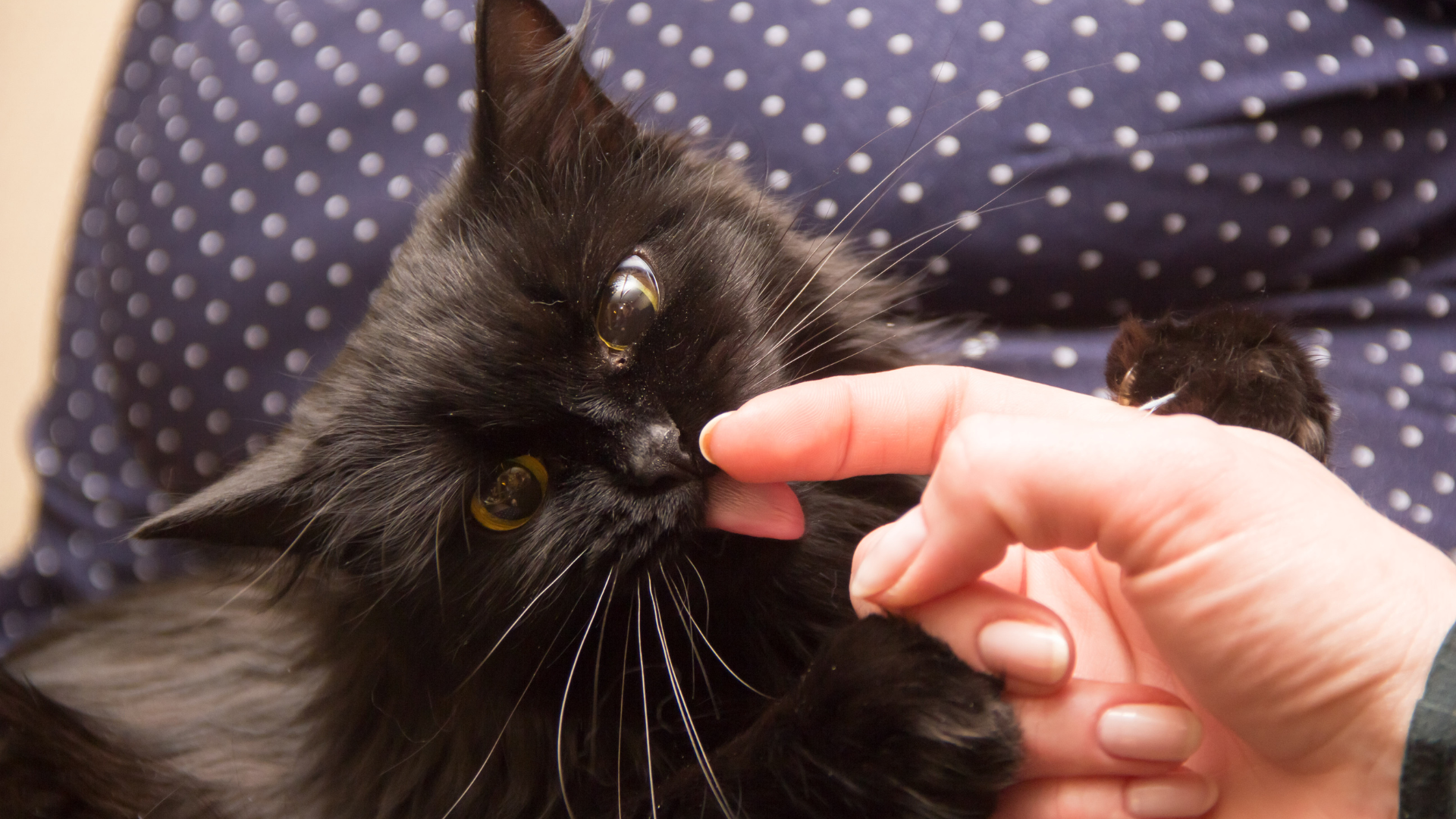

Clinic Hours
Monday: 8:00 am - 06:00 pm
Tuesday: 8:00 am - 05:00 pm
Wednesday: 8:00 am - 05:00 pm
Thursday: 8:00 am - 05:00 pm
Friday: 8:00 am - 04:00 pm
Saturday: Closed
Sunday: Closed
© Copyright 2024 | All Rights Reserved | Pine Grove Veterinary Hospital



